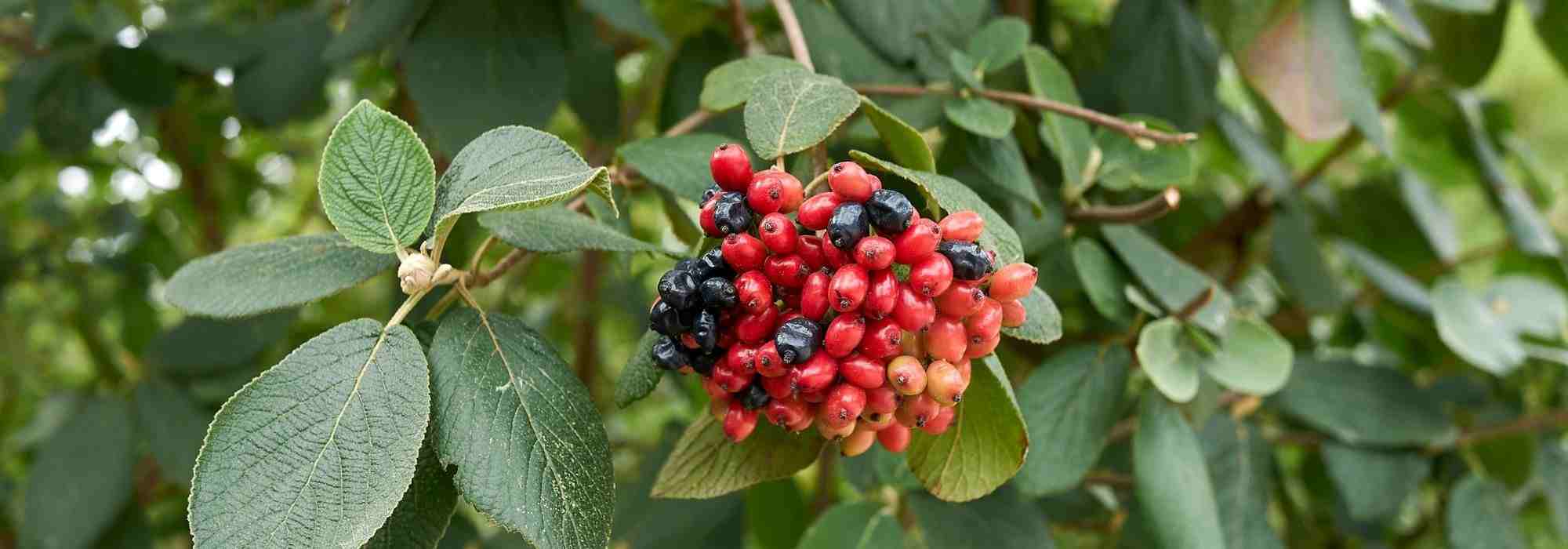
7 toxic bushes
To know to avoid any danger
Contents
Nature is beautiful, but not without danger. In the garden, bushes are essential for providing structure. Some of them, magnificent and very common, can however pose a real toxicity, varying in severity depending on the genera and species.
Here are 7 bushes with confirmed toxicity to be aware of in order to avoid risks to your health and that of those around you.
Nerium oleander
If it inevitably evokes the vegetation of the Mediterranean region, the Oleander, Nerium oleander in Latin, adapts well to many regions. It is particularly found on sunny terraces.
It is highly valued for its evergreen foliage as well as its flowering which, although often pink, can take on very different colours depending on the varieties. This ornamental plant should not be confused with bay laurel, which belongs to a different botanical family.
Indeed, all parts of the Oleander are extremely toxic. The leaves and twigs have a powerful effect on the heart, and the lethal dose is very low. Fortunately, the leaves are very bitter, so children rarely consume large quantities by accident. If ingestion occurs, hospitalisation is recommended for observation.
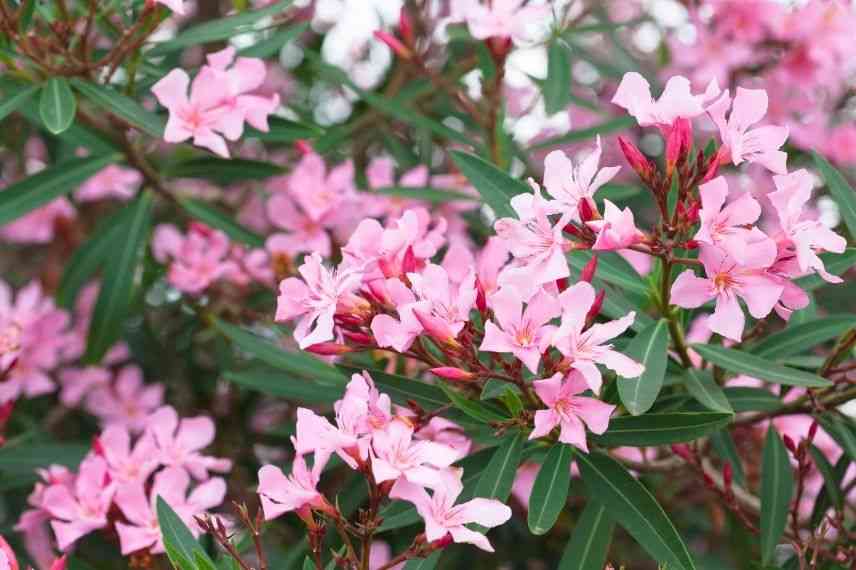
Nerium oleander
The Laburnum
The Laburnums, also known as “Golden Rain” due to their abundant flowering in yellow clusters that resemble those of wisteria, belong to the genus Laburnum. These are small trees that are very accommodating, as they tolerate all types of soil as long as they are in full sun and well-drained.
Part of the Fabaceae family, the Laburnum helps to fix atmospheric nitrogen. Very useful as a small pioneer tree, it is also highly melliferous. After the flowers, long pod-shaped fruits form. They contain seeds that closely resemble beans which children love to play with.
These fruits are highly toxic and can, in rare cases, lead to death. Generally, the vomiting caused by ingesting the seeds helps to prevent severe poisoning.

Pods of laburnum and to the right, yellow flowers of Laburnum watererii ‘Vossii’
Discover other Shrubs
View all →Available in 0 sizes
Available in 1 sizes
Available in 1 sizes
Available in 1 sizes
Available in 1 sizes
Available in 1 sizes
Available in 1 sizes
Available in 1 sizes
Available in 1 sizes
Available in 1 sizes
The Yew
Here is a tree often treated as a bush in small city gardens: Yew, or Taxus baccata. While it can reach heights of 10 to 15 m in the wild, it is commonly found in hedges or as topiary.
The Yew is valued for its foliage made up of dark green, evergreen needles, with female plants bearing small red fruits.
All parts of the plant are highly toxic, except for the red aril surrounding the seed. However, be cautious, as the seed itself is toxic if chewed. Therefore, take precautions because, after ingestion, symptoms appear quickly and can be very serious, ranging from gastrointestinal issues to neurological disorders, potentially leading to death.

Taxus baccata
Read also
Which plants are toxic to animals?The lovely wood or Daphne
Here is a small bush that truly lives up to its name: very early in spring, from February onwards, the stems of the Wood-joli, Daphne mezereum, are covered in flowers with a delightful fragrance. The leaves appear two months later on the current year’s branches.
The fruits then form on the stems, beneath the leaves. These are small red drupes that are very decorative but highly toxic, as are all other parts of the plant.
Here, the toxicity is twofold. It can be internal, through ingestion of the berries, or external through contact of the skin with the bark, which is highly blistering. Even the dust from dried bark can cause irritation. Therefore, this is a plant to handle with gloves and also with goggles.
Place the Wood-joli near pathways so you can enjoy its fragrance. Its early flowering is very interesting in borders.

Berries and flowers of Daphne mezereum
Cherry Laurel
Known as both Cherry Laurel and Laurel Palm, the Prunus laurocerasus is often used, particularly in hedges for its evergreen foliage that helps to obscure views and protect against the wind. Many varieties exist.
Once again, this is a laurel that does not belong to the bay laurel family, Laurus nobilis, which is edible. However, the Cherry Laurel is highly toxic, especially the leaves and berries, particularly the green ones, before they reach ripeness.
Poisonings occur following the ingestion of the fruits. Symptoms can be severe after consuming just 5 to 6 berries, especially in children. Initially, discomfort and vomiting may occur. In cases of severe poisoning, coma and death can follow.
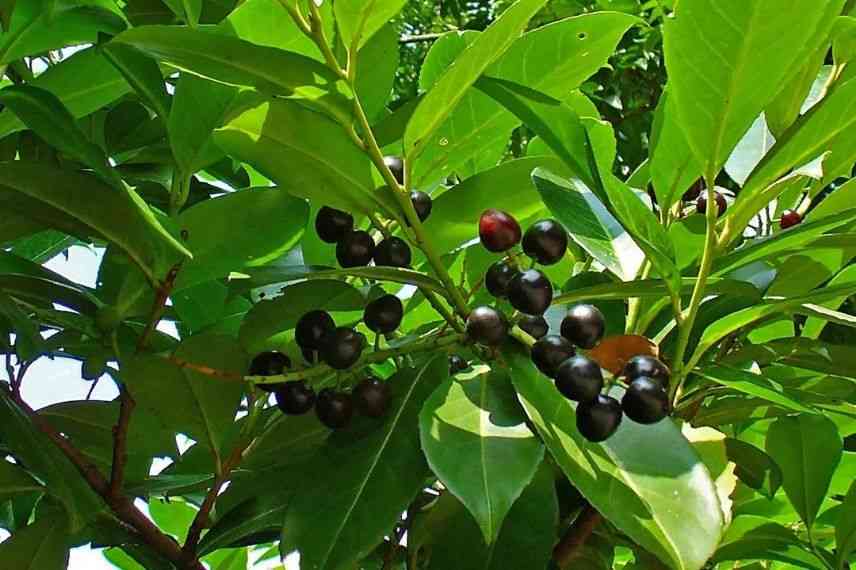
Leaves and fruits of the Prunus laurocerasus
Rhododendron
Rhododendrons belong to the same botanical genus as Azaleas. These are highly ornamental young plants that thrive in heather soil, featuring a magnificent spring flowering with colours varying according to the varieties. They retain their foliage throughout the winter and enjoy shade. For these reasons, they are found in many gardens.
However, it is often forgotten that all parts of the plant are toxic, including the nectar and, consequently, the honey derived from it.
Generally, poisonings are due to the consumption of honey or accidental ingestion by children. Symptoms appear 30 minutes to 2 hours after ingestion and can lead to heart rhythm disturbances and seizures. The plant is also irritating.

Rhododendron Flowers
Viburnums
In the genus Viburnum, three species are quite common in France:
- The Guelder-rose, Viburnum opulus, with the variety Snowball, named for its magnificent white inflorescences in spring.
- The Wayfaring tree, Viburnum lantana, frequently used in parks for its dense foliage, although it is deciduous. The flowers in spring emit a pleasant fragrance.
- The Laurustinus, Viburnum tinus, widely planted for its evergreen foliage.
The toxic parts of these species are the bark and the fruits, especially those that are green. Cooked, the fruits might be edible, but are of little interest.
That said, the toxicity is relatively low compared to that of the shrubs mentioned earlier. Ingestion of the fruits could lead to intestinal disturbances, or even cardiac hyperexcitability.

Black fruits of Viburnum tinus, red berries of Viburnum opulus (photo S. Rae) and colour-changing berries of Viburnum lantana
- Subscribe!
- Contents
































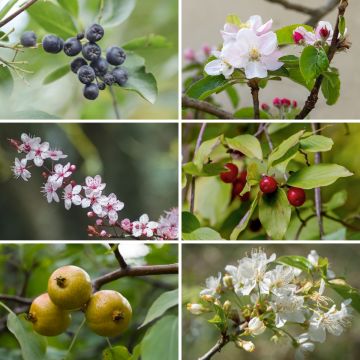
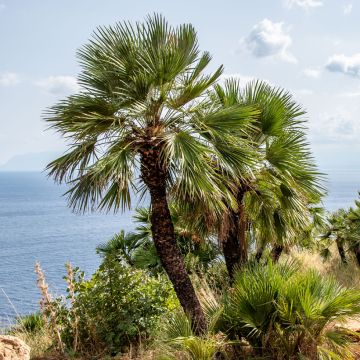


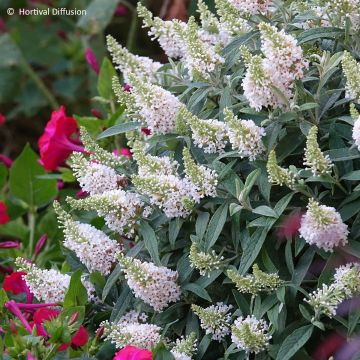
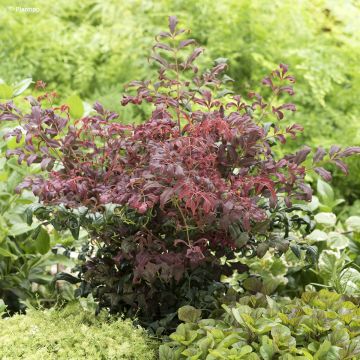
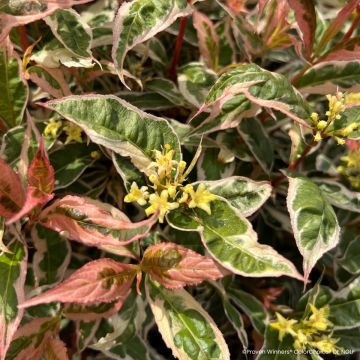
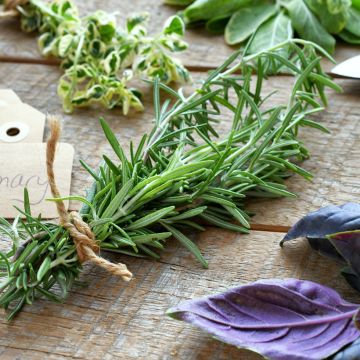
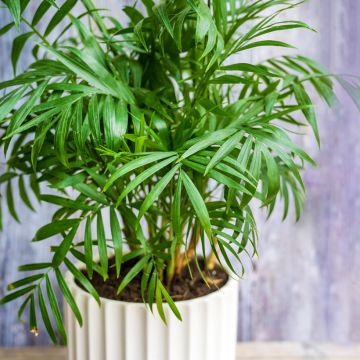
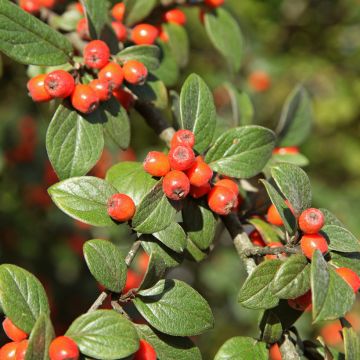
Comments